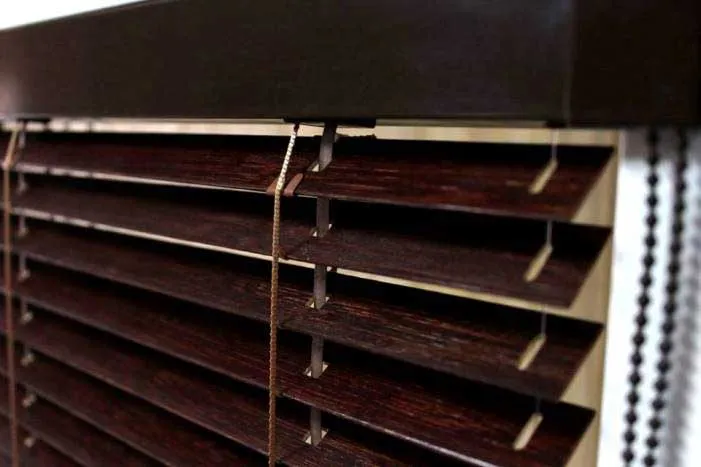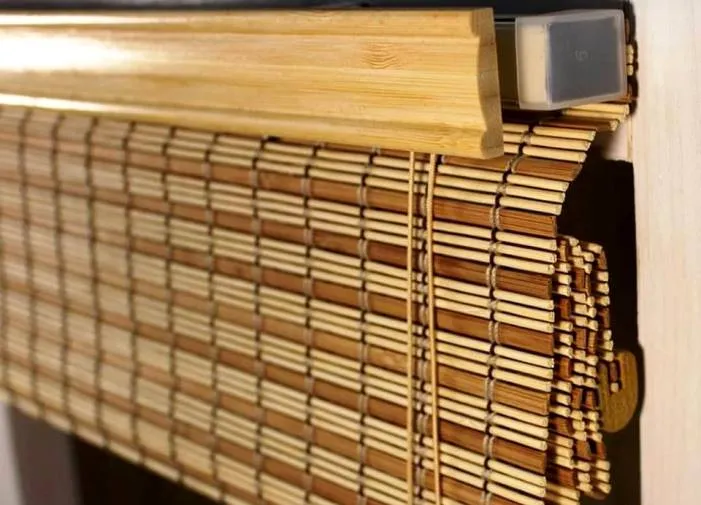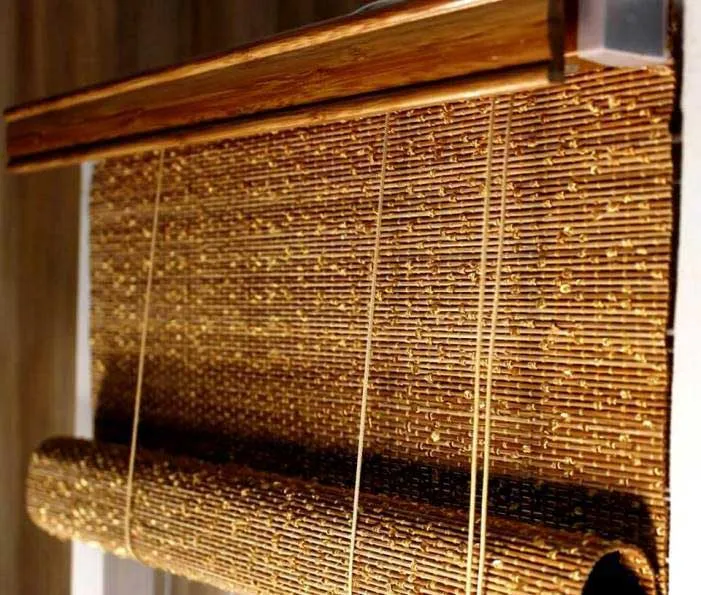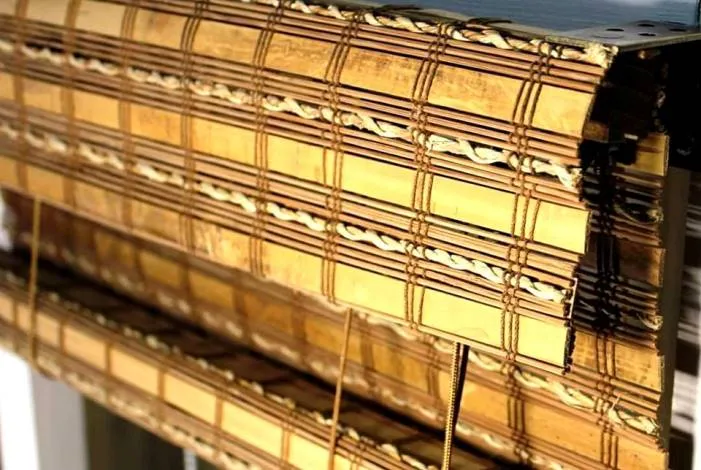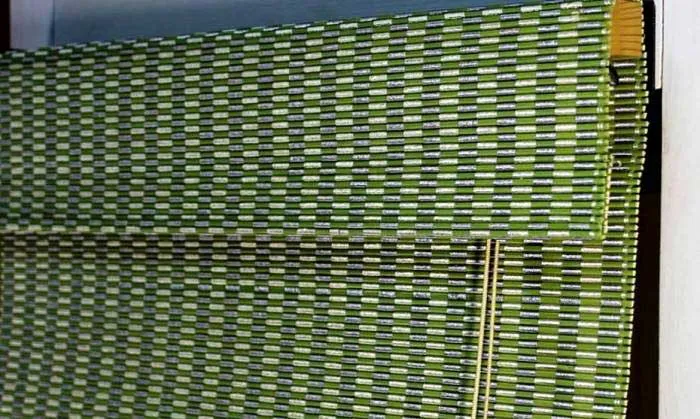Day-night systems are already quite well known and are installed everywhere both together and replacing roller blinds. If your choice fell on the day-night system, first of all, determine the color and texture of the fabric because this is the first thing that will most strongly affect the interior. The assortment of day-night curtains includes a fairly large number of fabrics, which makes the choice a little more difficult, so we recommend deciding in advance which color is best for you and looking among the required shades.
Let's take a closer look at which colors are best to use in a particular case and how they can affect the interior of the room.
When choosing a shade, it is necessary to take into account which side the windows in the room face, because on the sunny side, cooler fabrics are often used to compensate for the bright rays of the sun; on the other hand, in the shade, on the contrary, warm and bright fabrics are often installed to give coziness to the rooms where there is not enough light.
White and other light shades
It’s not for nothing that white color is considered universal; it has virtually no effect on the interior and does not change the color of the room, so if you have difficulty choosing, the designer will most likely advise you to opt for white fabric, because this is a win-win option. There is a small nuance: white is a cool color, so it is often recommended to install it on the sunny side of the house. Nowadays, in addition to white, light gray color is becoming fashionable; it combines well with both white and gray interiors. Also, the gray shade does not attract much attention if it is made in light colors.
Beige color
It is considered a calm color, but often if the interior is made in beige, then these are monochrome options without bright accents, because beige shades, although considered calm, do not combine well with bright colors. But in interiors, beige is one of the most popular options, so any series of fabric cannot do without several shades of beige or even consists entirely of it, because with a monochrome color, only beige curtains go well with beige furniture and wallpaper. But even if you choose a color similar to the color of the walls, you should choose curtains a couple of shades darker or lighter so that there is a slight emphasis on the light openings.
Yellow
This is a positive connotation, it lifts your spirits and promotes good performance. Yellow is a warm color, so it is well suited for rooms on the north side of the premises; due to its brightness, it compensates for the lack of light, and also goes well with shades of green, blue and beige. Yellow color also expands space, which means it is well suited for small spaces such as a kitchen or children's room.
Orange color
Cheerful and positive, orange is an excellent antidepressant. It attracts with its brightness, but can repel over time because it greatly overloads the interior. It goes well with gray, as well as white, and can be used with green and purple. You should not install orange curtains in the bedroom and in the rest room because it may seem too bright.
Green color
If you like the color green itself, then green curtains are a great choice. Green is the color of nature; it adds freshness and naturalness to the room. Well suited for both the living room and bedroom and especially in the kitchen. Green is often used in children's rooms; it energizes and calms at the same time.
Blue
Blue is a cool shade; unlike previous options, it works diametrically opposite, it calms and promotes good rest. The blue color does not attract attention and brings carefreeness to the room. Blue curtains will suit any room well if it matches the interior. Therefore, you can easily install blue curtains in the kitchen or children's room, as well as in the bathroom and bedroom.
Pink color
In combination with white it creates a soft and romantic atmosphere. Often, pink curtains are mounted on the sash, and tulle can be placed on the opening to give lightness and airiness to the room. Also, pink shades go well with a gray interior due to their soft contrast.
Purple colour
A soft shade of purple, but more aggressive than pink. Gives the room mystery and mystery. Unlike pink, it is more suitable for adults than for children, so it is mounted in the bedroom or recreation room. Lilac is often chosen by creative individuals who want to dilute shades of green, blue or red in the interior. Just like pink, lilac is easily lightened with tulle or white interior elements.
Burgundy
This is one of the shades of red and you need to be careful with it, an excess of red makes the room very heavy, and burgundy color stands out especially strongly. The use of burgundy shades is recommended in bright rooms; such curtains absorb sunlight quite strongly, so this effect must be compensated.
Brown
Often found in modern interiors. Brown is a good color for offices and workrooms because it complements wood interiors. Brown curtains give a feeling of security and peace. Brown color is good for the kitchen and bedroom, as well as for offices and living room. Brown color imparts wealth and luxury, which is successfully used by popular designers.
Black color
It looks elegant, but black must be used carefully. It can make any interior official, so it is well suited for loft and high-tech styles, as well as for offices. But using black curtains in a classic interior can look a little strange. Black color adds severity and focuses attention on window openings, especially in day-night curtains. The sheer stripes do make the curtains feel a little lighter, but we strongly recommend you think twice before choosing curtains in a crisp black style. Let's look at common misconceptions when choosing day-night curtains to protect you in the future
Since roller blinds consist of many small components, it seems as if they are too complex and require special skills to assemble the system and install it. But actually it is not. The day-night curtains come fully assembled and for installation it is enough to fix the cornice using self-tapping screws and the product will be ready for use. For special cases, our website contains instructions for measuring and installing day-night curtains, which detail with images how to correctly measure and install day-night curtains.
The choice of curtains is based on personal preferences. For example, in a store they can show you many options for fabrics and systems, and when choosing, many are guided only by the visual preference of what they see in front of them at the moment. This is correct from the point of view of the purchase, but when installed, the curtains may not match the interior and it turns out that the chosen fabric stands out too much and does not match the walls and interior items. Therefore, before choosing a fabric, we recommend that you initially look at the place where the curtains will be installed and determine the shades that will combine well with the current interior; this will subsequently greatly facilitate your choice of fabric if you already know which shade will be the main accent.
Installation only on plastic windows. Although day-night curtains are a modern system, and therefore ideal for plastic windows, they can also be mounted on other types of windows, walls and even ceilings. Sometimes curtains act as false walls, or are used to cover small niches in the walls. There are a great variety of installation options and you don’t have to worry that the curtain will only fit on a plastic window.
The width of the fabric should be equal to the width of the glass. This is a classic option for installing curtains on separate sashes, so most of the measurement instructions say that measurements are taken along the locking part of the bead; this is a sure-fire option in which the curtain looks good and is easy to install, taking into account all the necessary tolerances for placing the mechanisms. But do not forget that day-night curtains can also be easily installed on entire openings on the wall or ceiling; of course, in this case, the measurement is made along the window opening with additional adjustments, namely + 10 cm are added to the width and height of the opening, which allows hide the side gaps between the opening and the fabric.
